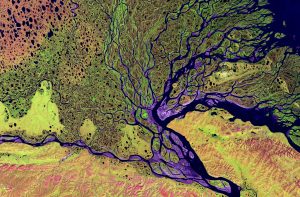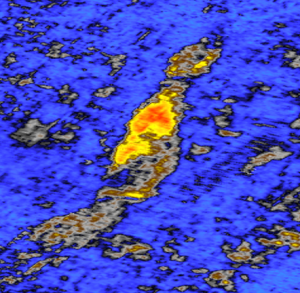Essentials of Rock Physics
The Essentials of Rock Physics and Seismic Amplitude Interpretation training course has been introducing geoscientists to the principles, workflows and limitations of interpretating subsurface data using rock physics since 1999. …






